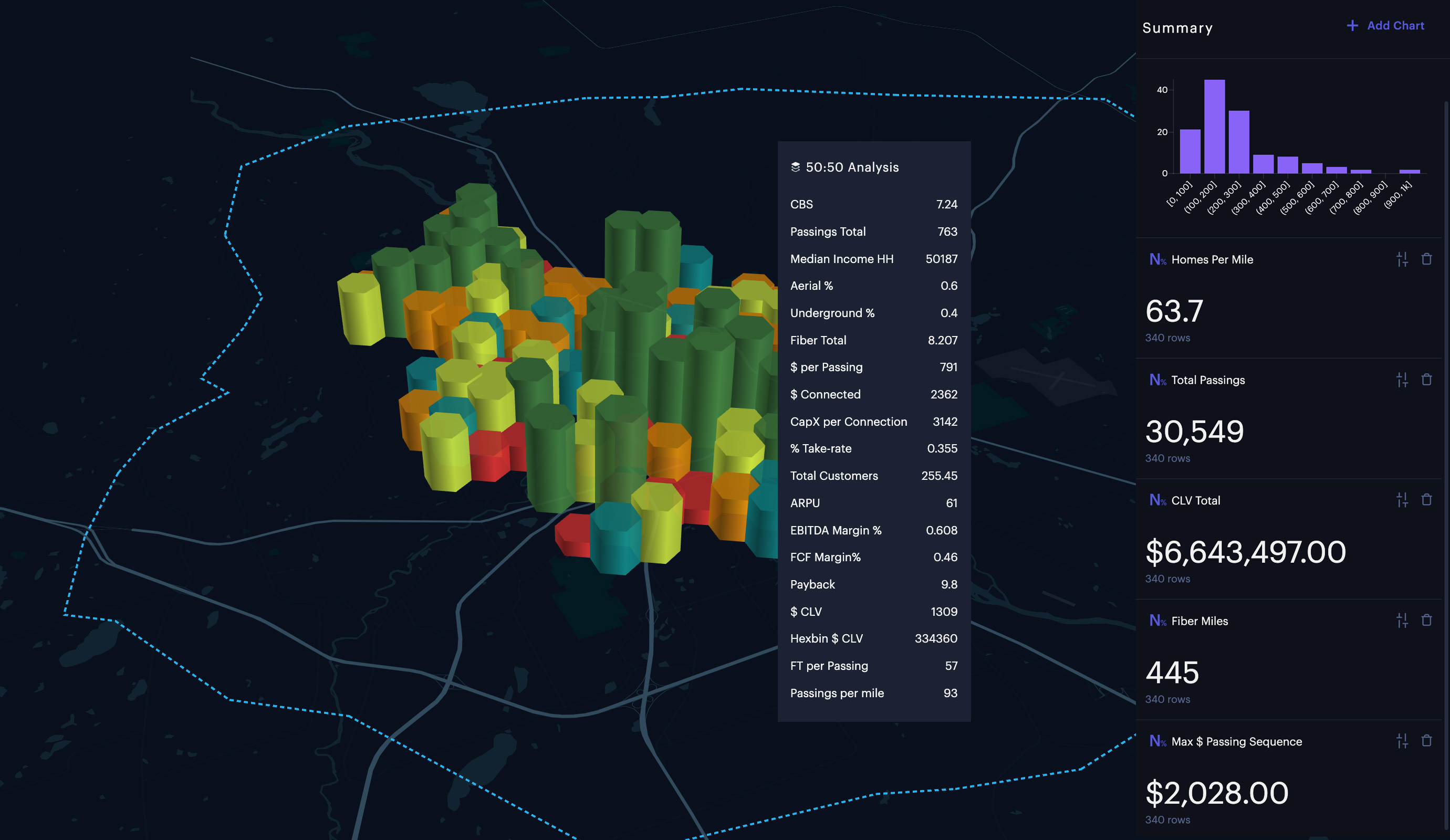Is the Fiber Broadband Bubble About to Pop?
Article
•
January 13, 2023

Is the Fiber Broadband Bubble About to Pop?
By Gerry Lawlor, Co-Founder, Chief Executive Officer, Hexvarium
January 13, 2023
Is the Fiber Broadband Bubble About to Pop?
A November 21 article by Jeff Baumgartner in Light Reading suggests that the frenzy to deploy new fiber is about to end because, in essence, costs are rising and the low-hanging fruit in prospective fiber markets has already been picked. Baumgartner cites a report by MoffettNathanson analyst Craig Moffett that states, “Rising costs, reflecting labor cost inflation, equipment cost inflation, and higher cost of capital, all point to diminished investment returns for fiber overbuilds….Those returns will only weaken further as buildouts are necessarily pushed out to less attractive, lower density, markets."
While the goal of the government’s new $42.5 billion Broadband Equity, Access, and Deployment (BEAD) Program is to finance new broadband deployments in US states and territories (and big-money service providers will get their share of this funding), providers will typically have to rely on Private Equity (PE) investors to round out their funding packages. And unlike government funders, PE investors look for a solid return on their investments, which is usually calculated using cost-to-pass economics and projected take rates.
So, funding new fiber deployments to the estimated 40 million households that lack workable broadband service will require better cooperation between government and PE funders than has ever existed before. If PE investors want to find higher broadband take rates and sound investments, they’re going to have to work with public money to solve the problem of building in areas that include some properties with lower take rates. And they’re going to need help to solve that problem.
At Hexvarium, we’re in the business of precisely defining and successfully managing risk in broadband investments. Phase 1 of our engagements is an initial analysis of prospective markets that studies them to a geographic granularity of .28 square miles and answers such questions as, “Is there a viable business case?” “What’s the competitive environment like?” “What are the engineering requirements?” and “What does the financial model look like?”

Phase 2 is our subsequent deep dive into a particular market, where we drill down to a granularity of .04 square miles and answer questions like, “What is the optimal cost-per-passing?” “What existing assets can be used?” “What’s the right competitive strategy?” and “What’s the network capacity demand?” From answers to dozens of questions like these, we produce deployment and go-to-market engagement plans tailored to the specific characteristics of each market, whether there’s a 30% take rate or a 70% take rate.
We then deploy the project (Phase 3). We produce a complete network design and associated Bill of Materials for Layer 1 and Layer 2 deployment and a phased build schedule with optimized crew efficiencies and a full investment and funding strategy with private or public capital. We also implement a go-to-market strategy.
In Phase 4, we provide ongoing risk management by continuing to ask the key questions. We use our HexMAPP™ platform to monitor changes in the customer, equipment, and competitive environments as we consider: “Are crews going slower than expected?” “Is the demand and take-rate higher or lower than expected?” “Is this particular street the best use of capital next week or next month, or should we target another?” “How can we avoid stranded capital?”
We’re entering a broadband market environment where PE investors will have to accept business cases that are different from those they’ve funded before, and work more closely with government funding sources to make profitable and sustainable investments. At Hexvarium, we show them how to do just that.
Was originally published on Medium.
 Very much the accidental telecom executive, Gerry Lawlor has started and led multiple ISPs both regionally and nationally. His broadband adventures started out of necessity after leaving Manhattan in 2011 for remote rural living on a pacific northwest island. Working with his local electric co-op, he led Rock Island Communications which has been one of the most successful Co-op led broadband initiatives. He moved to T-Mobile in 2018 and led the national development and deployment of its Fixed Wireless Access (FWA) line of business. Prior to making his mark in the telecom sector, Gerry led global businesses in the financial industry, where he developed his passion for bringing meticulous research and a unique, boundary-pushing approach to data analysis.
Very much the accidental telecom executive, Gerry Lawlor has started and led multiple ISPs both regionally and nationally. His broadband adventures started out of necessity after leaving Manhattan in 2011 for remote rural living on a pacific northwest island. Working with his local electric co-op, he led Rock Island Communications which has been one of the most successful Co-op led broadband initiatives. He moved to T-Mobile in 2018 and led the national development and deployment of its Fixed Wireless Access (FWA) line of business. Prior to making his mark in the telecom sector, Gerry led global businesses in the financial industry, where he developed his passion for bringing meticulous research and a unique, boundary-pushing approach to data analysis.
About Hexvarium
Hexvarium is a broadband service provider using proprietary Data Science to accurately identify, deliver, and connect profitable networks across all geographies. Building sustainable broadband networks is a complex puzzle of continually changing factors. Yet all other designers, engineers and operators deploy capital using static, antiquated methods and knowledge of each community. Hexvarium’s approach delivers sustainable networks, even in the most challenging circumstances. For more information, please visit hexvarium.com.
Media Contact:
Jennifer Spoerri
Gallagher PR